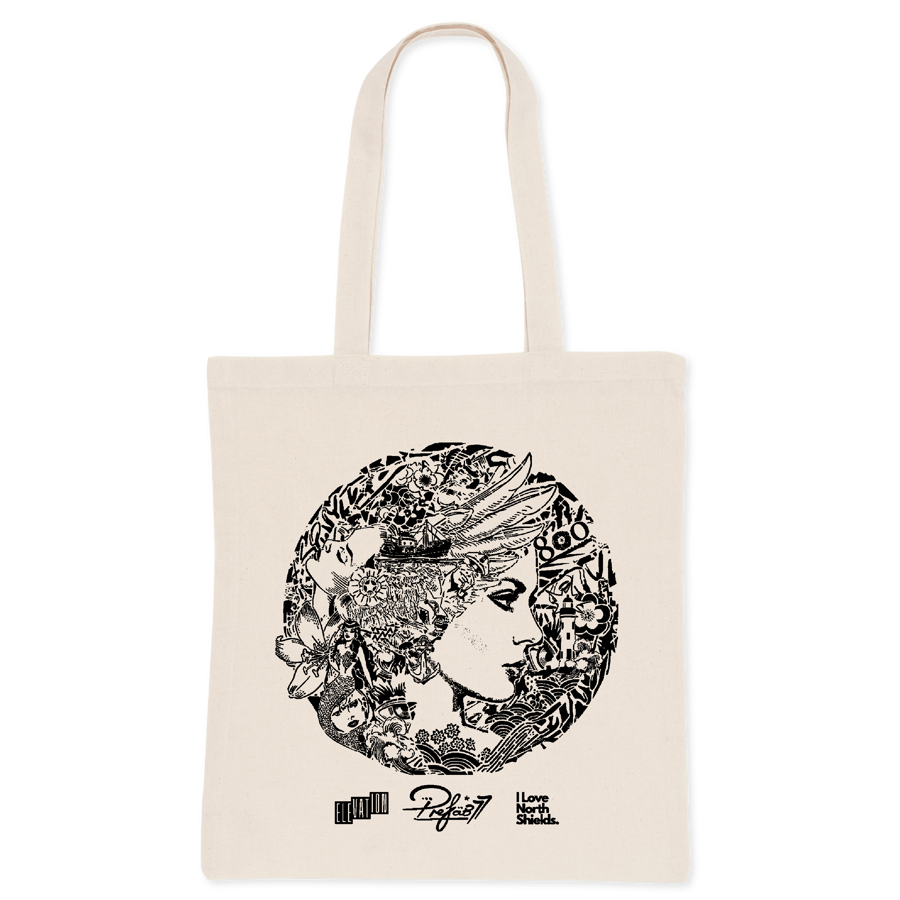A LIFE-LESS-ORDINARY by GEOFF HOLLAND (2025)
A Blue Plaque is a great way to recognise the valuable contribution a person has made to the area during their life and who has had some connection with the building to which the plaque is attached. Just take a quick wander around the streets of North Shields, seeking out the various Blue Plaques, and you will soon begin to form a picture of the rich array of well-known folk who have graced this riverside town.
The list is impressive, from comedian Stan Laurel, one half of the famous Hollywood duo Laurel & Hardy to artist Victor Rainbird, from playwright Tom Hadaway to guitarist Hilton Valentine a member of the 1960s pop group the Animals, from the acclaimed author Robert Westall to Victorian artist Birket Foster. A similar picture can be seen around the surrounding area.
But what about the not-so-well known folk who have lived a life just a little less-ordinary than the vast majority of us, those whose unrecorded stories, known only to a handful of people, will sadly be forgotten as time marches relentlessly on. They might not need to be recognised by a Blue Plaque, but their stories should surely be shared with a much wider audience.
It was early December 1974 when we moved from our small terraced house in North Shields to the nearby sleepy village of Monkseaton. We were young with a small daughter making our way in the world and it was a busy time in our lives. The hectic festivities of Christmas quickly came and went, but slowly we began to meet our immediate neighbours. Next door lived Gladys who seemed to our young eyes just a small unassuming elderly lady with poor eyesight living quietly alone and no bother to anyone. Little did we know at the time but Gladys had an interesting back story, and boy what a story it turned out to be.
Born in 1900, Gladys had been a typist long before we moved in next door. She met her husband-to-be at a tea dance in Newcastle whilst he was a student at Durham University College of Medicine, which later become Newcastle University Medical School. They married on the 16th January 1926 and later that same year her husband graduated as a medical doctor. It was then his intention to set up practice in England.
But Milton Margai was no ordinary doctor-in-waiting. Born in Sierra Leone in 1895 the son of a prominent businessman and the grandson of a Mende warrior chief, Milton was the first indigenous Sierra Leonean to qualify as a medical doctor. In 1928, on returning to his homeland to visit his ailing father, he was struck by the appalling conditions many of his countrymen were living under, and made the decision that his medical skills were much more needed in his homeland than back in England.
So began an incredible journey which, to cut a very long story of outstanding achievement short, resulted in Milton Margai becoming the Chief Minister of the British Colony of Sierra Leone in 1954. After receiving a knighthood for his service to Sierra Leone and the Commonwealth from Queen Elizabeth in 1959, he then led his country to independence on 27th April 1961. Subsequently he became the country’s first Prime Minister.
All the while his wife Gladys and their two daughters, Doreen and Joyce, remained in the family home in England as it was, “feared that her presence in Africa as a white wife might be misunderstood and ruin Milton‘s political career”.
As a consequence, this turned out to be one of the strangest of mixed marriages but one which was a heart-warming testimony to the love and respect that Gladys and Milton held for each other throughout their nigh on 40 year marriage. Speaking in 1961, Lady Gladys Margai said of her marriage, “It is certainly no secret that my husband is married to a white woman. We may seem to have lived a strange life through the years, but it has been one of full understanding and love for one another. We write regularly and we have been held together by mutual interests and ties of our daughters and our grandchildren. And whenever he comes to London it is like a dream for me.”
In 1963, on one such occasion, Sir Milton Margai arrived at Gatwick Airport, London at the start of an official two week visit to Britain and there to greet him, along with the various dignitaries, was his wife Gladys. A short piece of Pathé News black & white footage of the arrival happily still exists and the love and respect that Gladys and Milton had for each other is there for all to see.
In April 1964 Milton’s all too short reign as Prime Minister came to an end when he suddenly died, separated from his wife and daughters, as they had been for large parts of their marriage, by nigh on 2,900 miles. As if to rub salt into the painful wound, Gladys only found out about her husband’s death whilst watching the television. Now, some 62 years after his untimely death, history continues to show that Sir Milton Margai was one of the good guys, a man who made an enormous difference to the lives of his fellow countrymen, a man who to this day is still held in the highest esteem in his homeland.
And as for Gladys, she continued to live a quiet life in Monkseaton, far removed from her life as the wife of highly-respected Prime Minister. No wonder Gladys would often say to us that, “nothing really ever happens in our street”.














